View this post on logicworld.net
Jimmy
UI work
This week I did the first serious work on menu design for Logic World. I overhauled the Selection Menu, which you use to select the components that appear on your hotbar.
Before:

After:
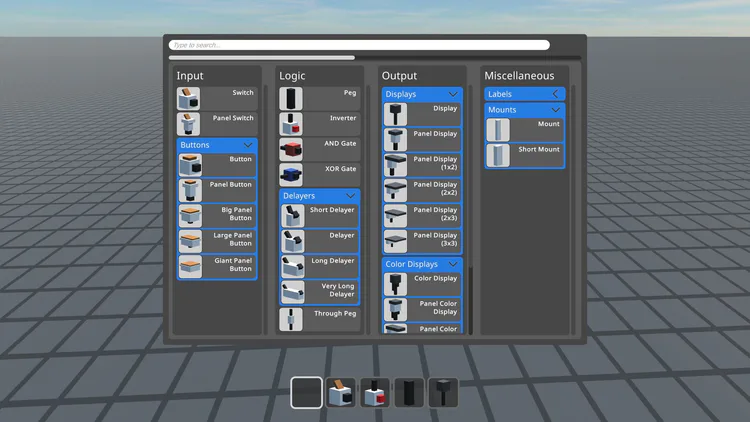
I’m pretty happy with the overall design elements: rounded rectangles, mostly in neutral tones with some splashes of color for highlights. I’m using the selection menu as a study to figure out what I want the rest of the game’s menus to look like.
On the subject of the selection menu, I added the ability to search it. This can be really useful if you’ve got a lot of mods installed.
Pick Component
I added a new shortcut for managing your hotbar called Pick Component. Middle clicking on a component in the world will add that component to your hotbar if it’s not already there and select it.
Not shown in the video is two more advanced features of Pick Component. If you hold ctrl when you press the button, the picked component will replace the component in your currently selected hotbar slot, rather than adding a new one. Conversely, if you hold shift, the picked component will be inserted at the position of the currently selected hotbar slot, rather than being inserted at the end of the hotbar.
Rounding
In Logic World, the position and rotation of objects in the world are stored as floating point numbers. This makes them very performant, but floating point numbers have a disadvantage: they are subject to rounding. If you’re a programmer and you’ve worked with floats before you’ve probably seen them have a value of 0.99999823 when they should just have a value of 1.
This tiny amount of rounding is usually no big deal, but in logic world the errors were accumulating over time. Particularly in worlds where you have deeply nested chains of boards placed on other boards, the position of objects could sometimes be off by a noticeable amount.
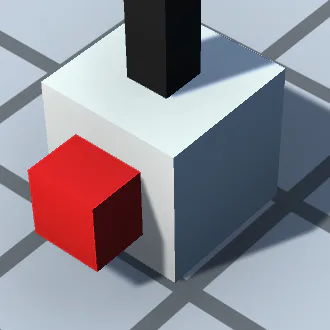
Notice how the inverter in this picture is slightly offset from the grid.
To fix this, I’m now rounding the position and rotation of every object in the game: positions are rounded to the nearest millimeter (along all 3 axes) and rotations are rounded to the nearest tenth of a degree (again along all 3 axes). This extra rounding is too small to be seen in-game unless you’re looking closely, but it’s big enough that it cancels out any errors we get from floating point shenanigans. Everything in Logic World is now exactly where it should be.
Numeric Component Types
Each component in Logic World has a type. There are Inverters, Delayers, and XOR gates, to name a few. Before this week, component types were stored internally as pieces of text. That meant that, depending on the length of the type name, component types could take up 15 or even 20 bytes!
Now, however, I’ve refactored the system so that component types are all stored as two-byte numbers. Each save file has a unique relationship between component types and the numbers. For example, the number 18 might represent an XOR gate on one save file, but it might represent an inverter on another save file. This means that mod authors don’t have to make sure they’re not using the same number as another mod when they add a component type; the game will automatically give them a number that is not already in use by the save file.
As a result of this, save file size - and by extension, the time it takes to save and load the game - has been reduced by about 20%. The amount of bandwidth used when playing online has been similarly reduced.
Board Resizing Bug Fixes
If you watched the previous two videos on Board Resizing, you probably noticed that there was an annoying visual flicker whenever the board was resized. I’ve fixed that and board resizing is nice and smooth now.
Previously, if you resized a board that had components attached to it, the position of those components would get screwed up. This is because behind the scenes, resized boards are changing their position, and the attached components were not properly taking this into account. I’ve fixed the math and it all works nicely now.
Felipe (aka pipe01)
This week I wanted to polish out some things that I had left out on the website, those being emojis not rendering correctly and user pages not working. Whenever you inserted an emoji into a comment or a post it’d show a ? instead, which made me think that there was some encoding issues. I began investigating the database and found that they were being stored as question marks there, so the problem was in the database. I set the collation for all tables to utf8mb4_general_ci and tried again, and emojis were working properly now! I also fixed user pages requiring you to be logged in in order to see them, it was an easy fix.
On the game side, I’ve implemented synchronous RPC calls. Before this, whenever a mod called an RPC method it would be a fire-and-forget situation, where the mod had no way to know whether or not the server had received and processed the call. This is probably enough for most things, but there may be some cases where this is undesirable. Synchronous means that the mod code will now wait for the server to send back an acknowledgement before continuing execution, which allows for more complex synchronization between clients and server!
On the topic of waiting, I’ve added a loading screen for mods. Mods were being loaded in the main thread, which meant that the screen wouldn’t update until all mods were loaded. This worked fine, but it didn’t allow for any graphics in the meantime. Now, mods are loaded in a separate thread, allowing the game to monitor the loading and inform the user!
If you’d like to receive an email each time we post one of these blogs, you can sign up for our newsletter. Be sure also to join the official Discord and follow @LogicWorldGame on twitter.
See you next Wednesday!

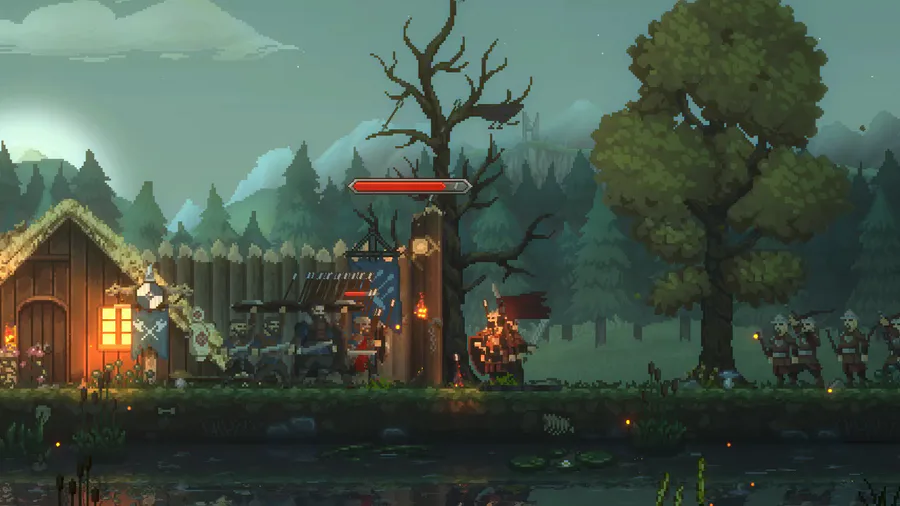
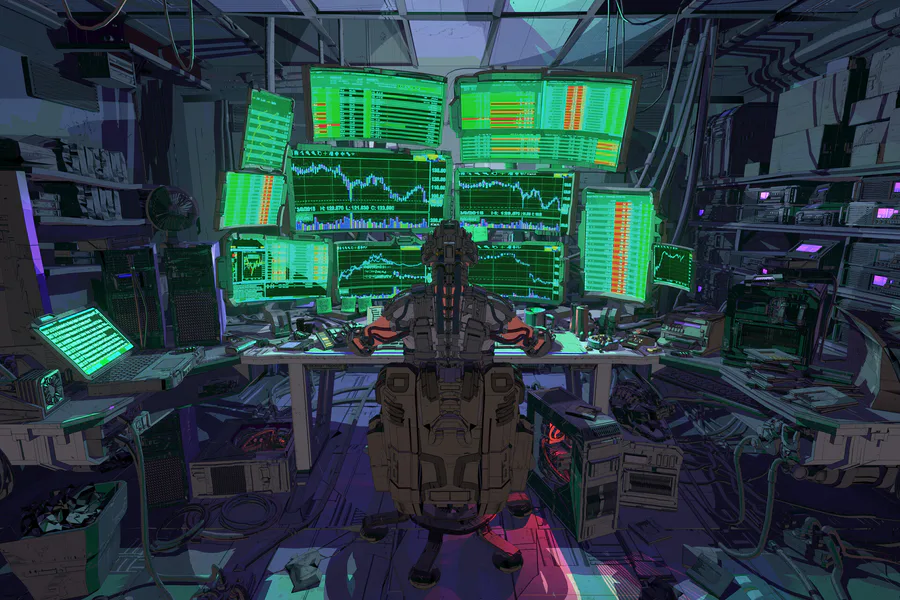
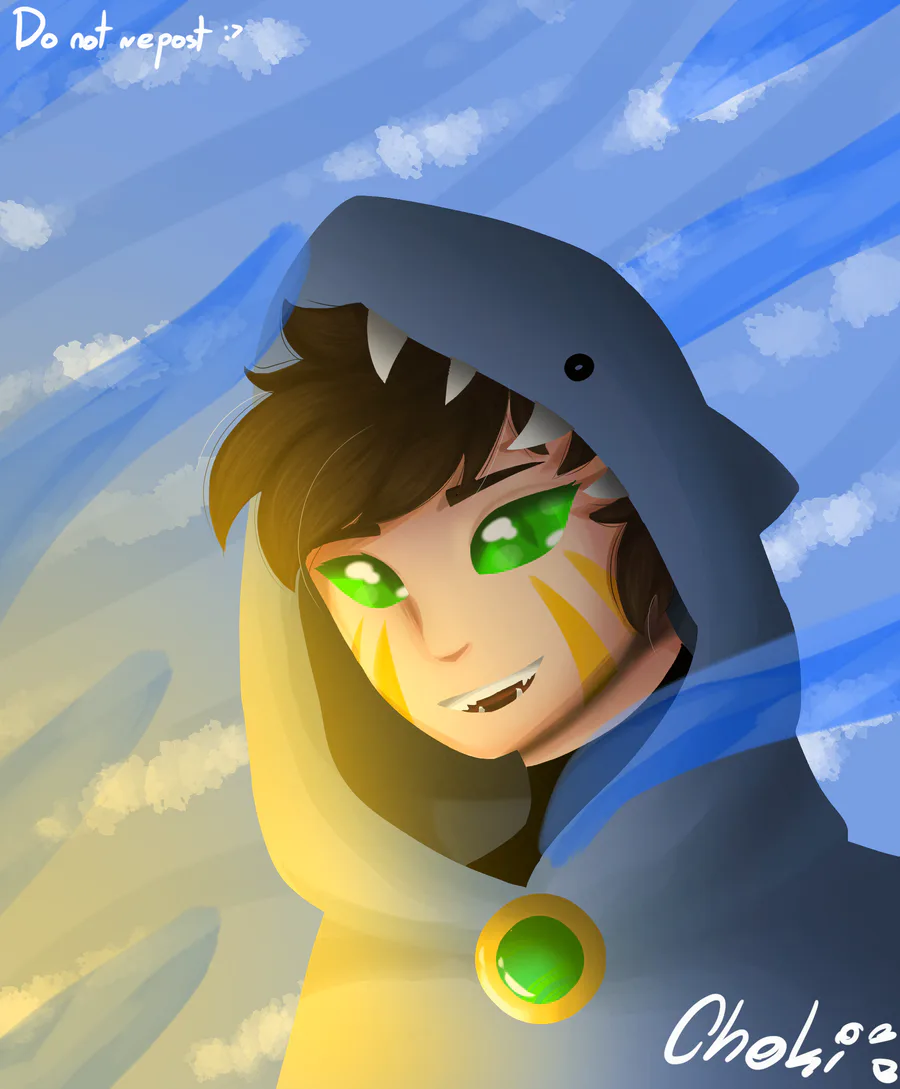

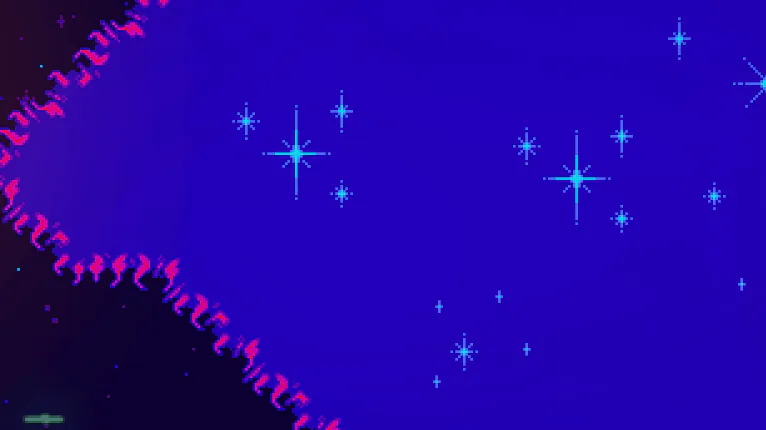
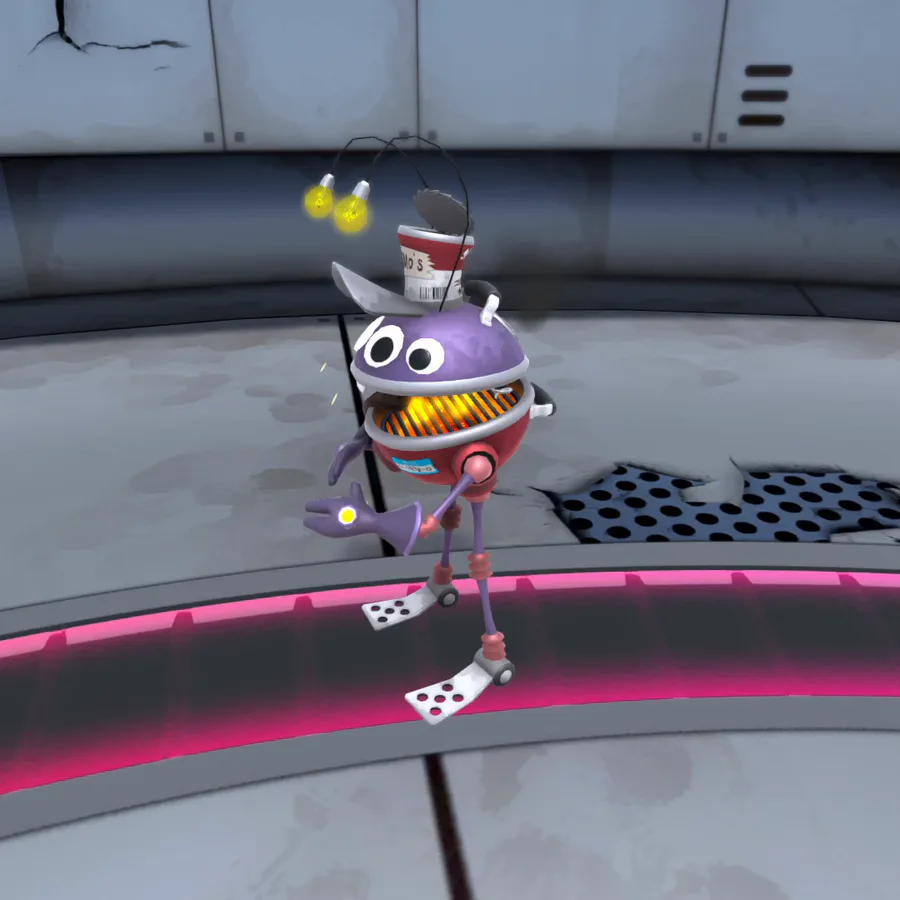
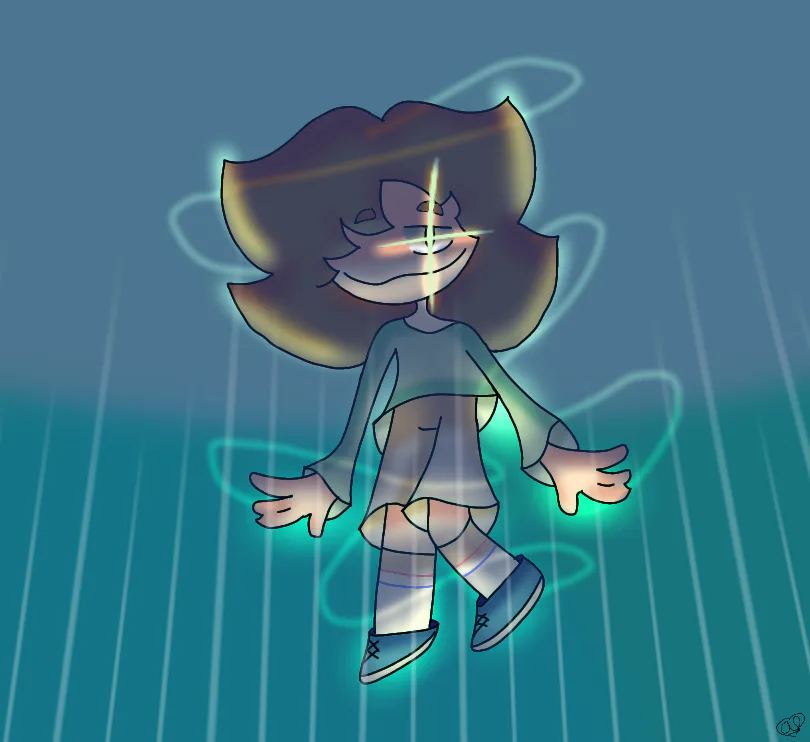
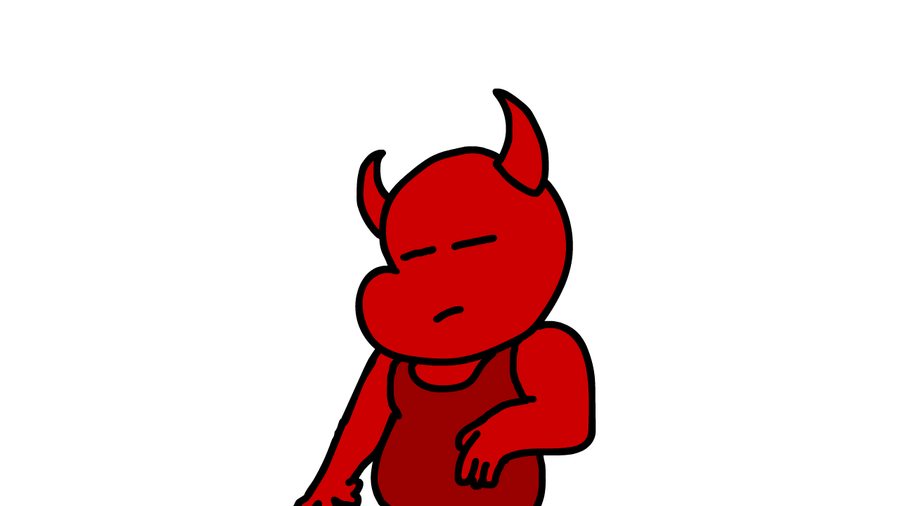

0 comments